| 1-Introduction Part 1 of the "Equity Through Pedagogy" series took readers through an examination of pedagogical practice through the lens of the Thinking Classroom--in secondary Mathematics and English. According to Dr. Peter Liljedahl (2017), Thinking Classrooms are defined as spaces “...not [only] conducive to thinking but [that] also [occasion] thinking...a space inhabited by thinking individuals as well as individuals thinking collectively, learning together, and constructing knowledge and understanding through activity and discussion”. It's important to note that these classrooms go well beyond engagement in vertical spaces--that is, well beyond the Stage 1 elements described in the Part 1 post and summarized by the graphic (see right). As you reflect upon the elements from Stages 2 to 4, note that these elements serve the conversations we can have with students and one another about refining teaching and learning. Altogether, the last nine elements relate to the 'glue' that connects all aspects of our pedagogical practice: Formative Assessment. |
vertical spaces..."
Let's consider knowing our students and their learning through the context of the interview that follows.
In Part 1 of this series, I mentioned that there are a number of educators, in Eastern Ontario, journeying into building Thinking Classrooms. One of these educators is Jaime DePippo (St. Mother Teresa HS, Ottawa, ON). Jaime has been very gracious in speaking with me about her practice, and I am privileged and thankful to Jaime for the opportunity to feature her experiences, here, on Flipping the Focus.
Below, you'll see a continuation of our previous conversation, beginning with Question #4 (previously published). The remainder of the post focuses on Meaningful Notes, Spiralling, and Getting Started with a Thinking Classroom.
Answer:
I use a gradual release model with my students in Applied English and Mathematics.
-A template, that provides some constraints--largely, the space provided for creating notes (i.e., not taking notes)--is shared with students towards the end of a period of learning.
-Students are encouraged to take notes when they need to.
-On a day-to-day basis, exit tickets are used to provide students with feedback.
-Using exit tickets allows me to provide suggestions for next steps. Students can map the next steps into the ‘what’ that they could be writing down in their notes.
-Students are not bound to making meaningful notes only at specific times in their learning.
-I accomplish this by spiralling the curriculum. Through interleaving the content, students have multiple opportunities to revisit and bring greater depth and meaning to their notes.
-How fluid/flexible might we be in moving between these Stages? For example, should educators seek to fully level with student thinking, then build meaningful notes?
-Simultaneously level and build notes?
Altogether, how might a teacher best coach their students towards building autonomy?
Answer:
At the beginning of a semester, I provide students with a template for creating their own meaningful notes. Essentially, the templates have only the key headings for the concepts students are learning.
[As a side-note, having the templates is important for educators who are teaching through spiralling their curriculum. For the math courses I teach, there are typically 4 spirals (or cycles). The first two cycles tend to be the longest, and by the time we reach cycle 4, there is less new material--i.e., the complexity of the tasks and the interconnectedness of concepts increases towards and throughout the final cycle.
As far as student learning is concerned, students feel more successful when spiralling: there isn’t a need or a feeling that you have to attain mastery right away. One of the primary goals of spiralling is to continuously go deeper with critical thinking and problem solving.]
[Back to the beginning of the semester...]
As we work towards consolidating student thinking in relation to a learning goal/goals, I’ll do some checks for understanding, which can be a small number of individual questions or related task so that students can see how they’re doing. I also use exit cards frequently to gain a better understanding of what students have been taking away from their time thinking alongside their peers. It’s through the exit cards, that I can create another opportunity to provide feedback to students.
Above all of this, it’s important to remember that consolidation doesn’t always occur at the end of the task--student readiness is important: the exit card is key in my formative assessment and mentally-preparing students for self-assessment.
With this feedback, students can go back to their notes (template) and write down those things that are important--i.e., meaningful--to them. For example, some of my early feedback would include notes to (and conversations with) students to write down the things that are not as familiar to them, as well as what their next step(s) would be.
By the time we get to Cycle 2, I find that students require less prompting to making their own, meaningful notes: student autonomy is always growing, cycle-by-cycle.
Earlier, I mentioned that conversations are a vehicle for providing students feedback. These principles are still in effect when we’re working on some test items. For example, if there are aspects of a student’s work that are not shining through on a test, I’ll ask them to show me their notes. It’s through their meaningful notes that a conversation about learning opens up (or re-opens). It’s during these moments that you can really tell if a student knows what they’re doing and what our next steps will be. In fact, there has been many times where a student’s assessment of learning has been enriched through conversation.
If asked by a teacher why they should consider trying a Thinking Classroom, what advice might you provide to them? On getting started?
Answer:
Students are capable, critical thinkers and problems solvers. If we deprive our students of these opportunities, they will not grow. Students need to be actively engaged in their learning.
In any subject, nowadays, the goal of the student experience is not to remember everything. The goal is to create critical thinkers and people with strong collaboration skills, as well as their other global competencies. These are the skills and competencies that students will need moving forward. As educators, we have a great opportunity to show students that anything is possible when they develop and use these kinds of skills. And because we’re our own worst critics, sometimes students need us to point out their strengths: it’s through their strengths that they can develop/use these skills and grow as learners.
All of this said, teachers and administrators should start by attending a workshop or spending time in the practice of other teachers who are practising a Thinking Classroom model for teaching and learning. Asking questions of teachers and students who have immersed themselves in a Thinking Classroom everyday is important. Hear their feedback about what has changed: engagement, curiosity, achievement, perseverance, etc.
Beyond this, I would say start small; take your time; and seek support from and collaboration with another person. There’s a lot to be said about planning and teaching together. To get a sense of the dynamic that’s possible between students and students and teachers--all of this in relation to the task that’s assigned--there’s a lot to be gained by spending time in and with these types of classrooms. Based on that experience, I would then encourage teachers to try the model by incorporating the Stage 1 elements--good tasks, visibly random groups and vertical non-permanent surfaces/whiteboards. For good tasks, there are plenty of resources available. 3-Act Math Tasks are a great base for teaching through problem solving--examples including Kyle Pearce & Jon Orr and Dan Meyer.
Realistically, it’s tough work to practise a Thinking Classroom model on a consistent basis, but it’s very gratifying and rewarding for both teachers and their students to see and hear themselves growing in autonomy and experiencing success. It has been and continues to be for me.
And I’m still learning! So if you’re starting out, don’t feel like you have to include all the elements of the Thinking Classroom right away. Dr. Liljedahl suggests you start with the top gear (visual included, above), and master that before you move on to the next. It happens in stages: not all right away. Start with something that you find manageable and continuously reflect and challenge you and your students to go deeper. Do some of your planning, teaching and reflecting with someone you trust. For feedback, also have them help you with how you’re going to challenge yourself in going for next steps.
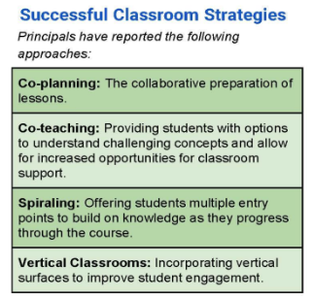 Achieving Excellence in Applied Courses (AEAC, 2017/18)
Achieving Excellence in Applied Courses (AEAC, 2017/18) As you reflect upon the final question, below, I would like to encourage you to think about inviting others to share in your experience--e.g., co-planning, co-teaching, debriefing and reflecting towards next steps with Thinking Classrooms and spiralling your curriculum.
Evidence reported from a large number of districts' administrators, across Ontario, is showing that successful classroom strategies for improving student performance in Applied-level Mathematics courses includes co-planning and co-teaching, as well as spiralling and classrooms that include the use of vertical spaces (AEAC, 2017/18; see graphic, right).
I am more than happy to collaborate with you and make our learning visible, here, in this blog and across Flipping the Focus' social media platforms, as well as your own. If at any time, you have questions or comments, please feel free to reach out to me at Flipping the Focus.
Sincerely,
Chris Stewart, OCT
Education Leader at Flipping the Focus
Liljedahl, P. (2017, October 17). Building a Thinking Classroom in Math. Retrieved fromhttps://www.edutopia.org/article/building-thinking-classroom-math
Liljedahl, P. (2016). Flow: A Framework for Discussing Teaching. Proceedings of the 40th Conference of the International Group for the Psychology of Mathematics Education (Vol. 3, pp. 203-210). Retrieved from http://www.peterliljedahl.com/wp-content/uploads/PME-2016-Flow-and-Teaching-1.pdf
Thinking Classrooms: An Interview with Jaime DePippo [Online Interview]. (2019, January 23).
Thinking Classrooms: An Interview with Jaime DePippo - Part 2 [Online Interview]. (2019, February 18).
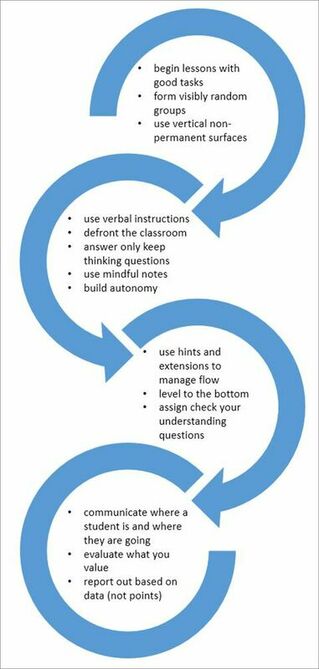
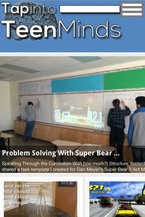
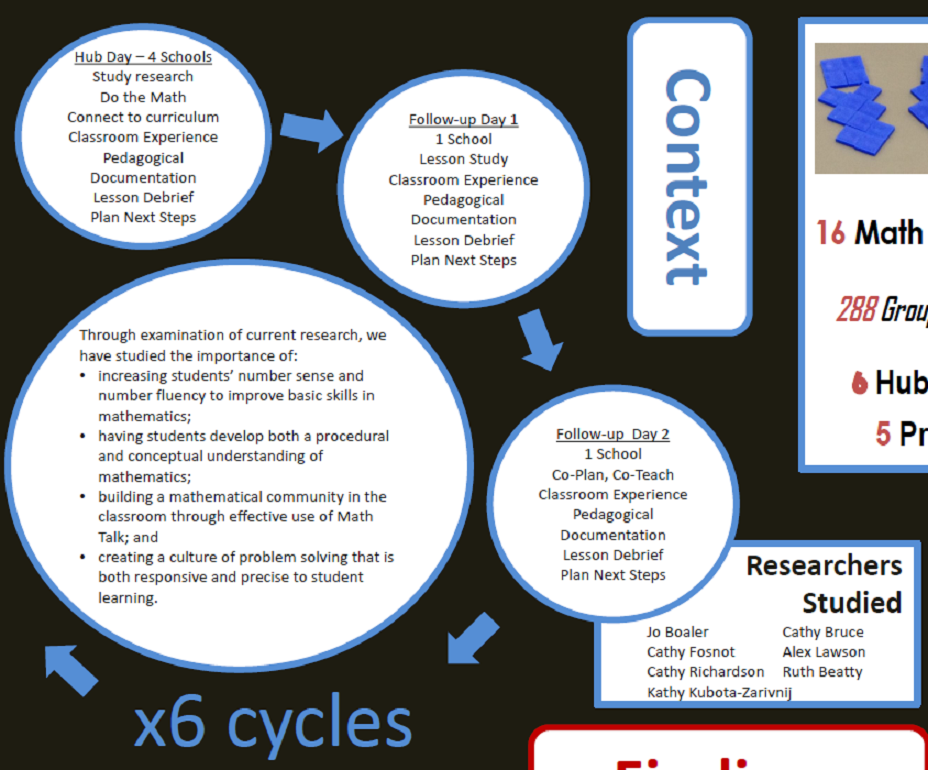
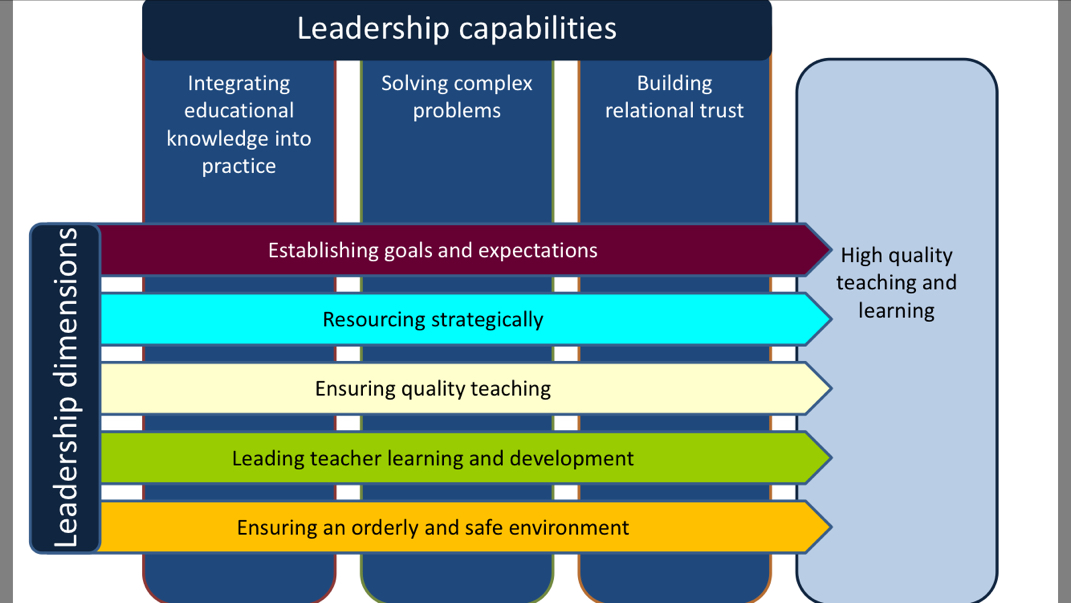
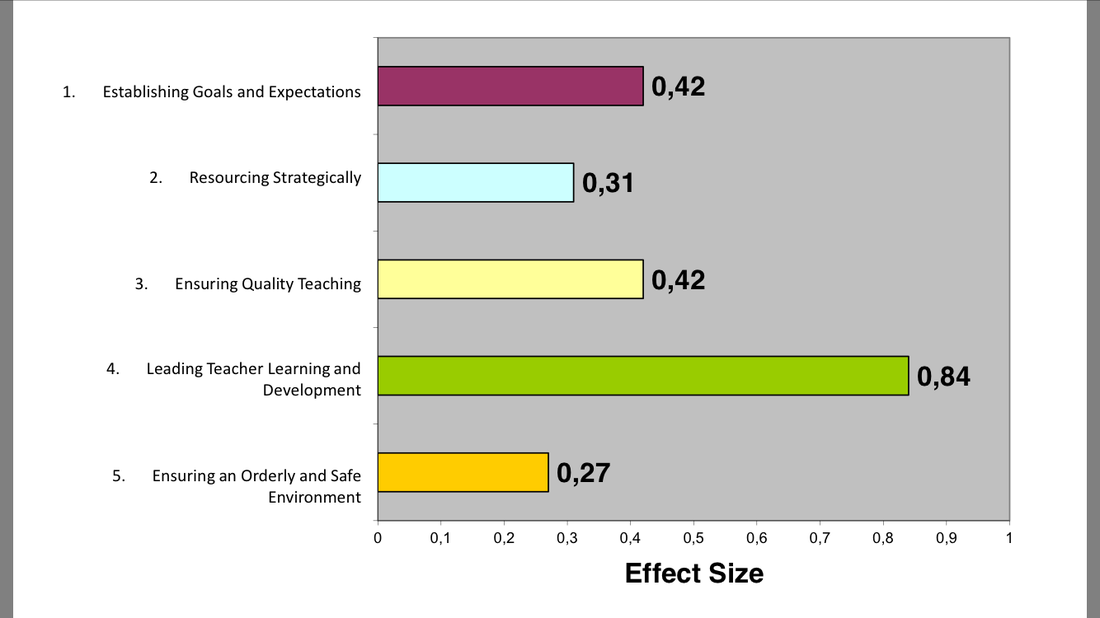
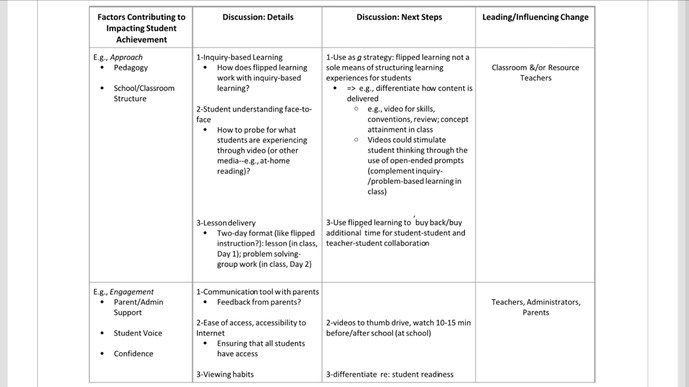
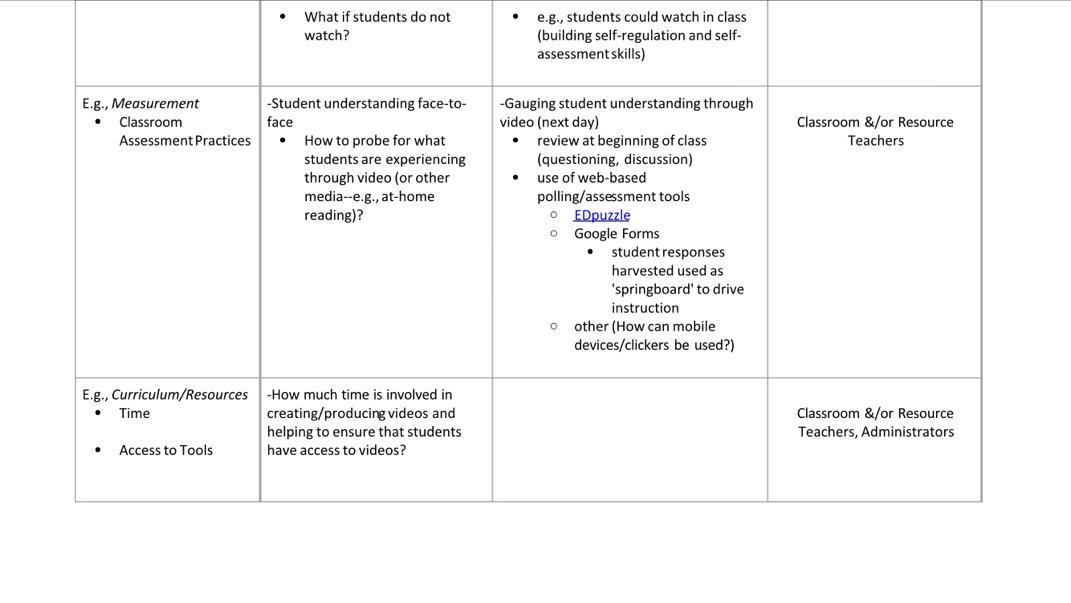

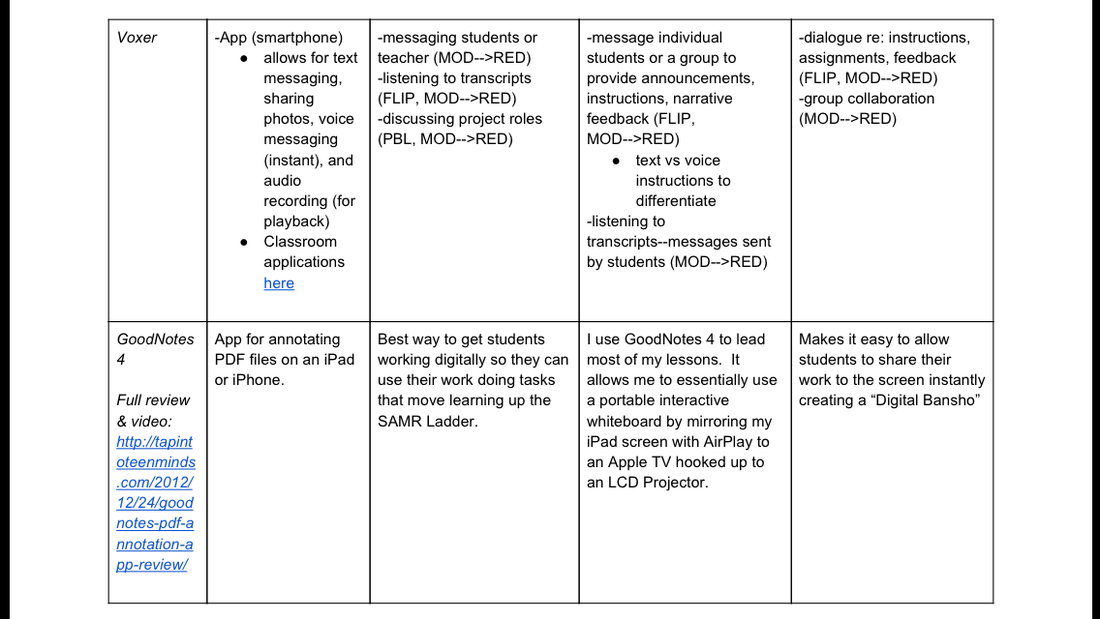
 RSS Feed
RSS Feed


